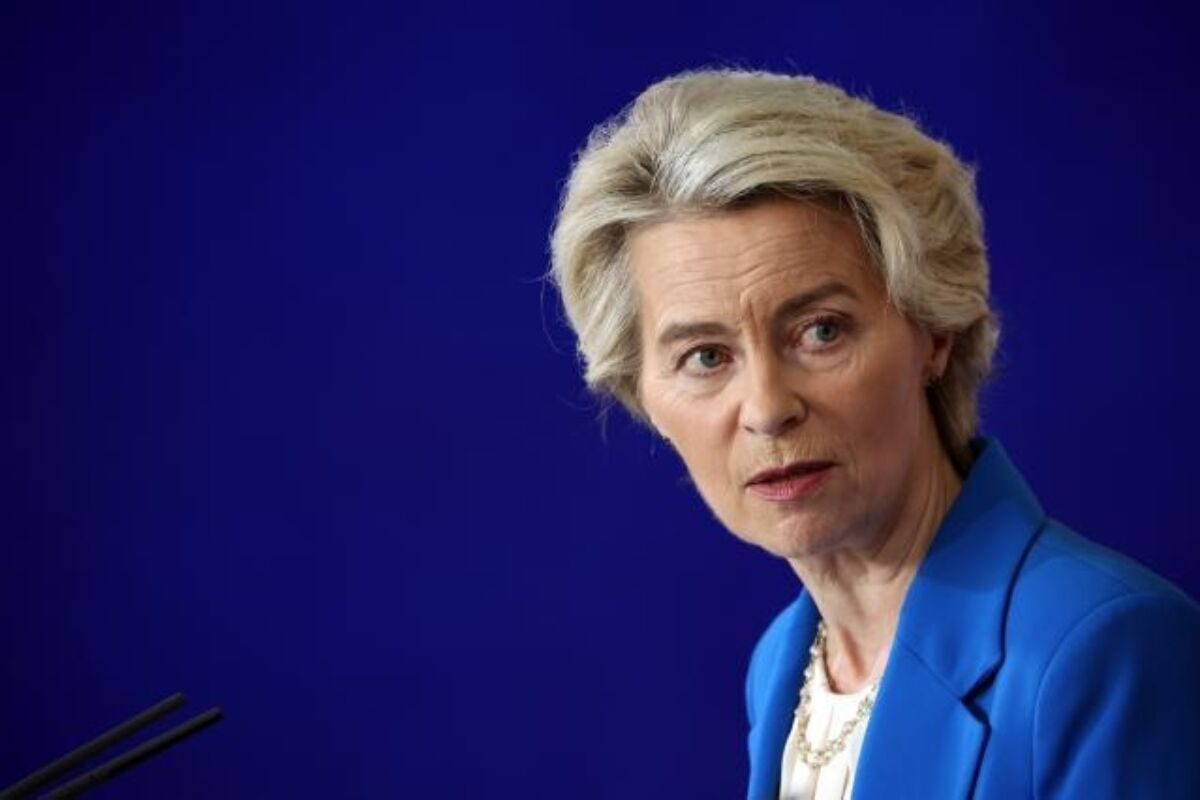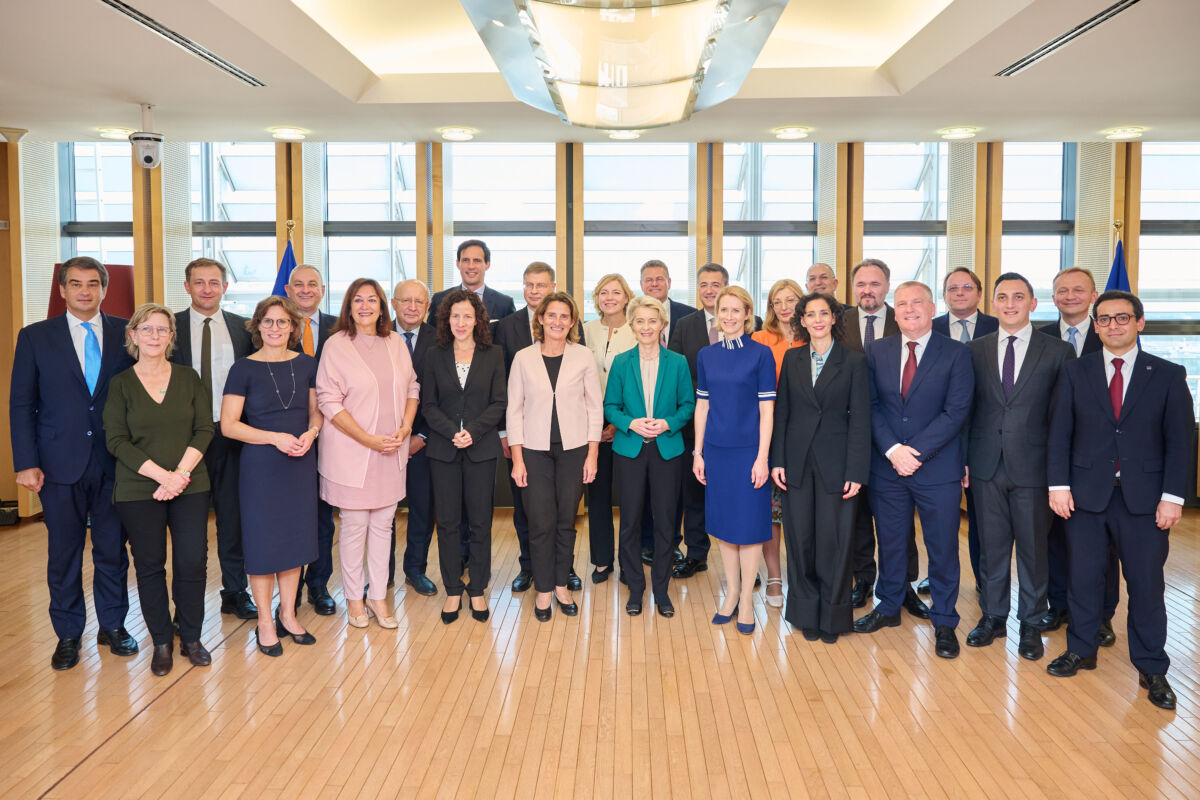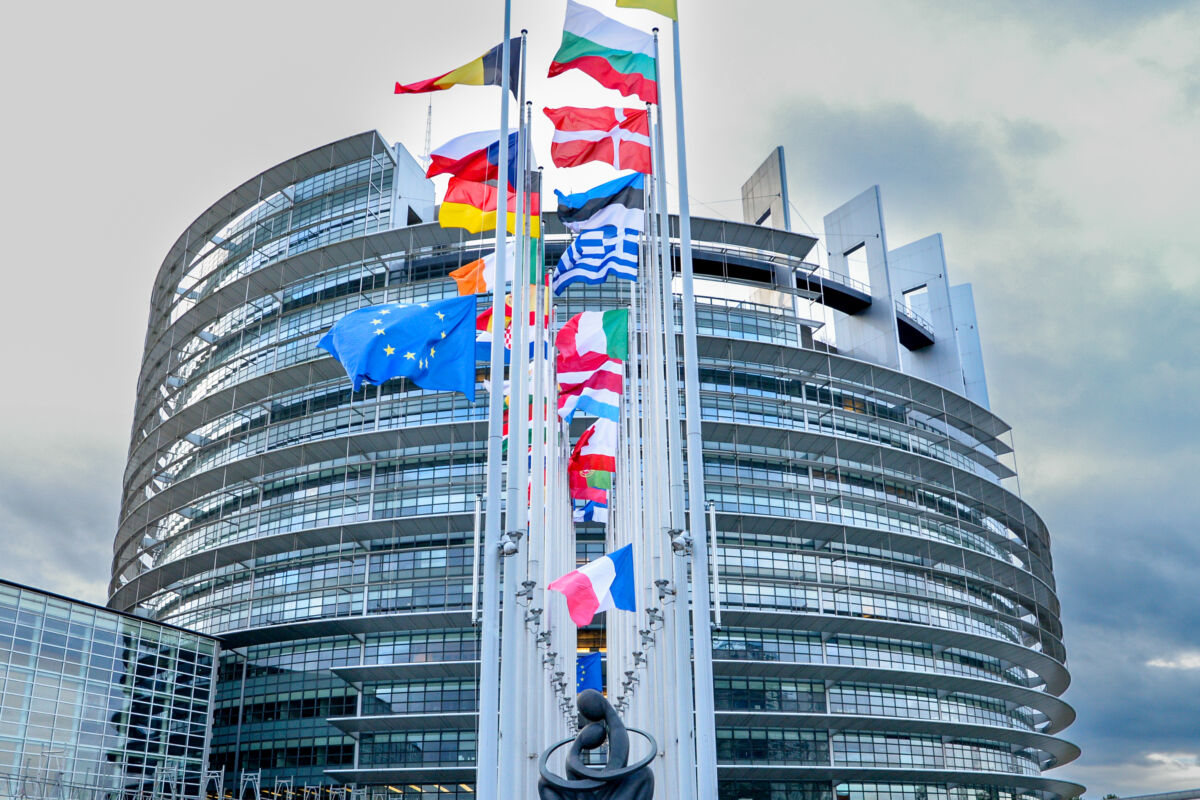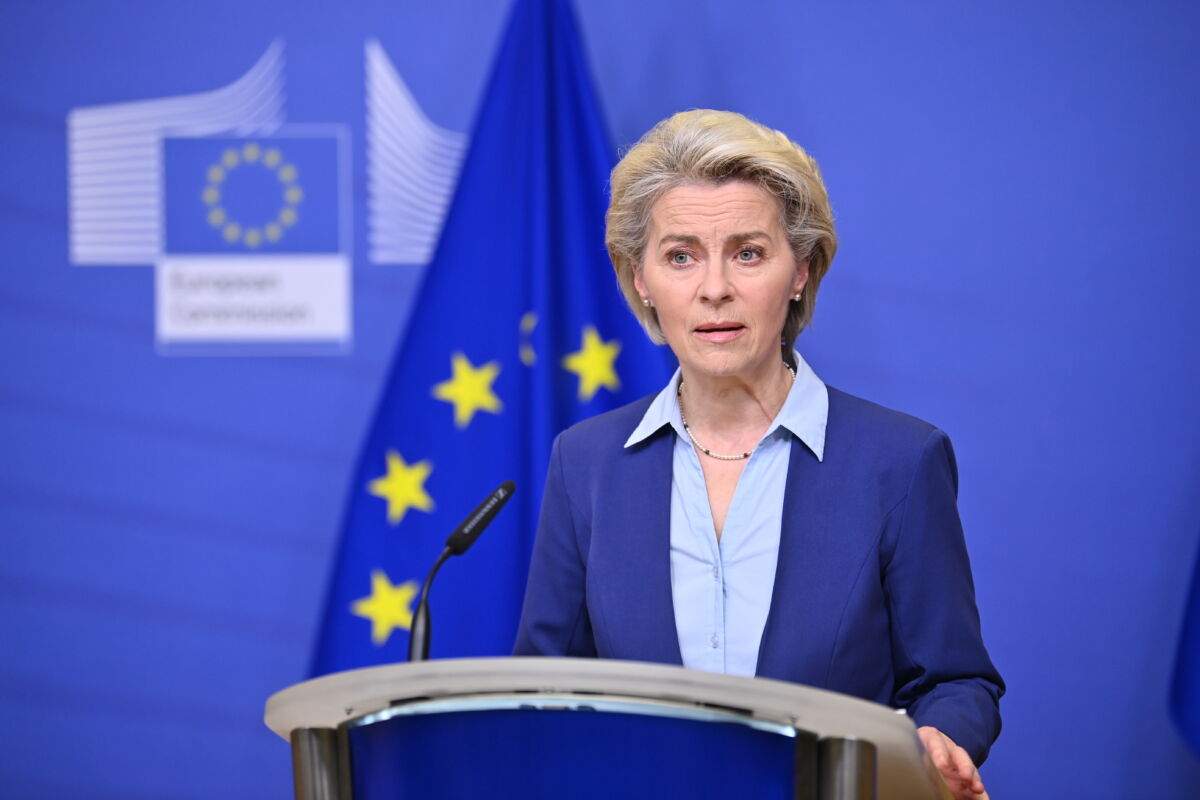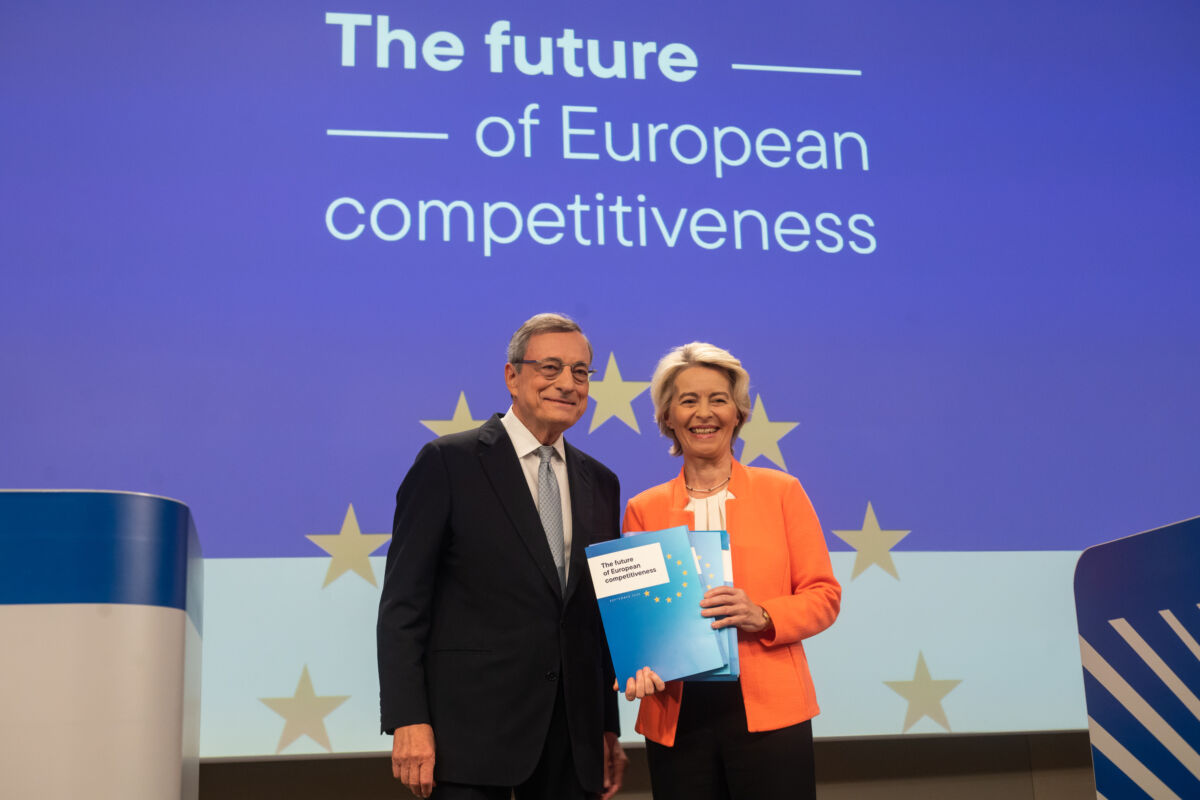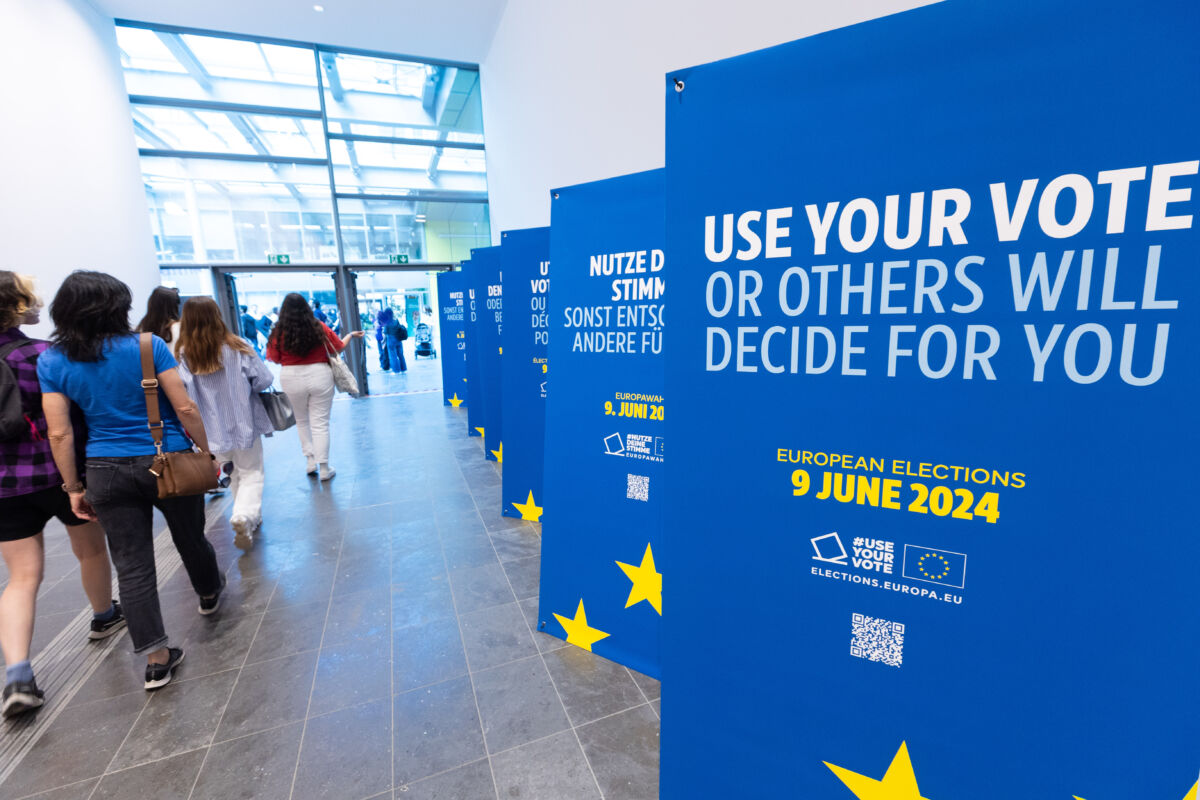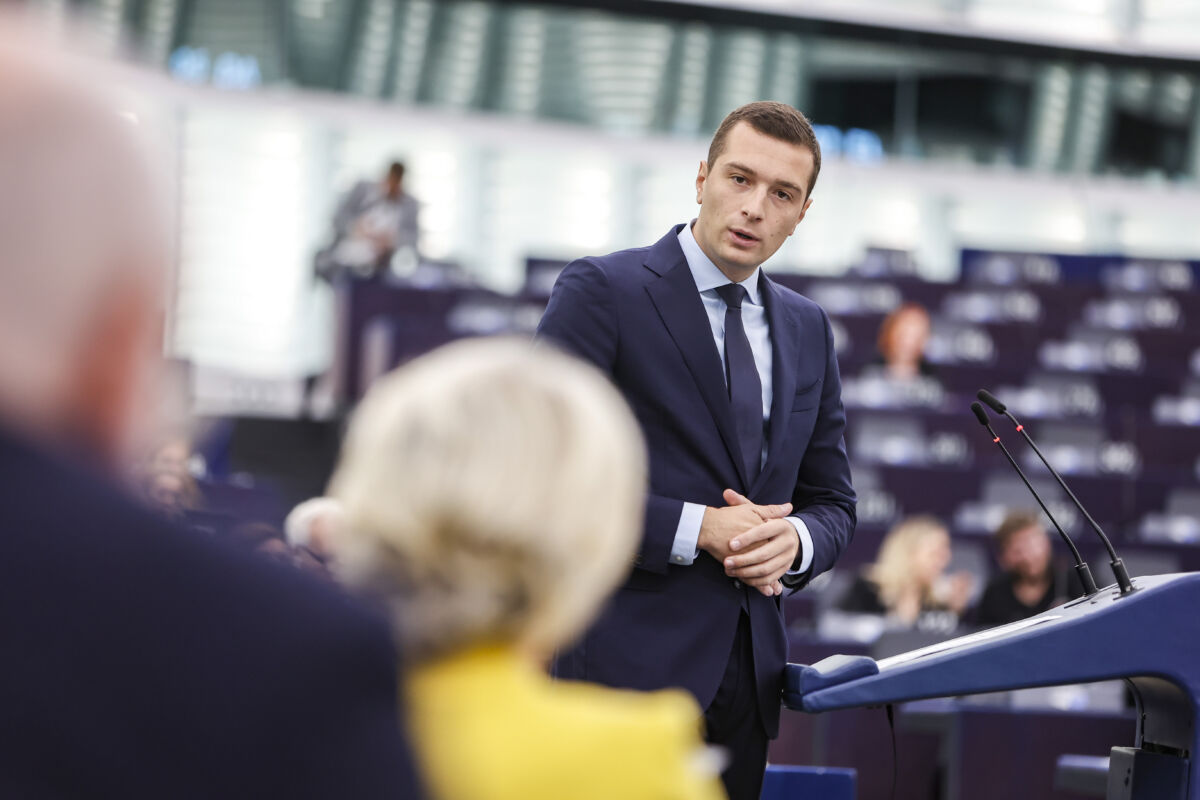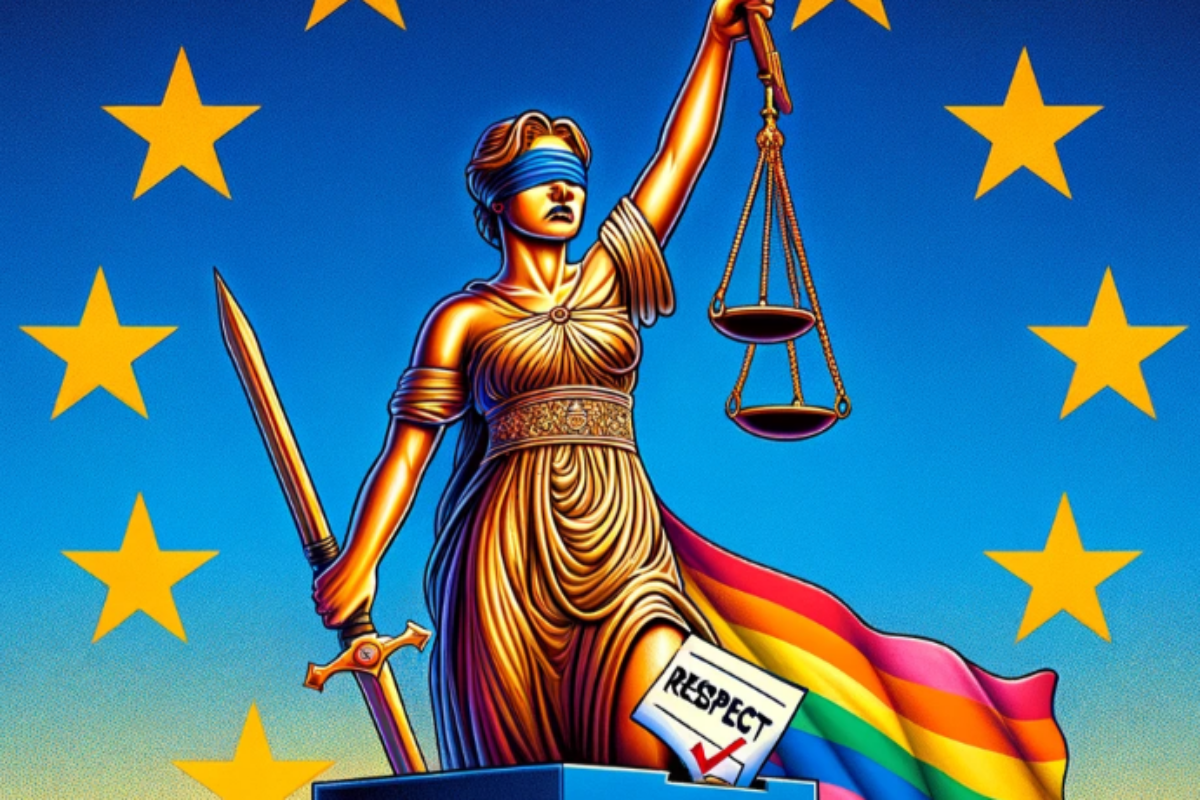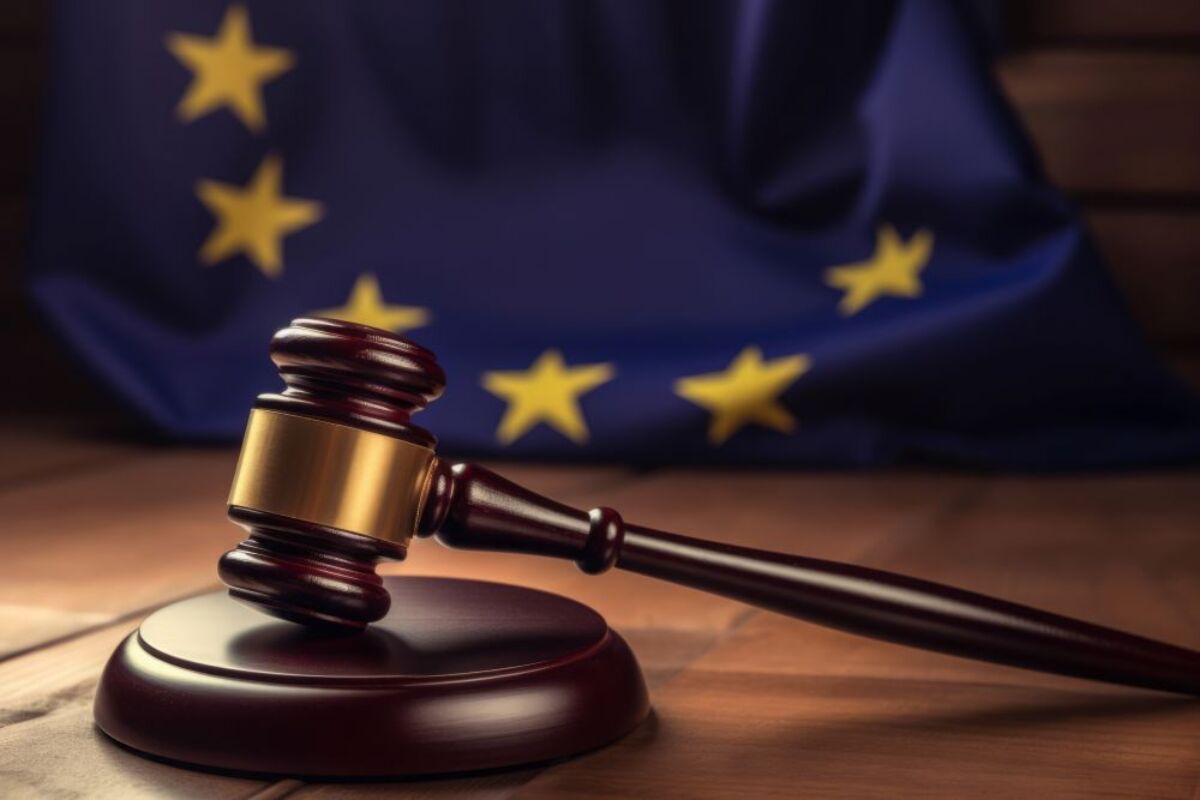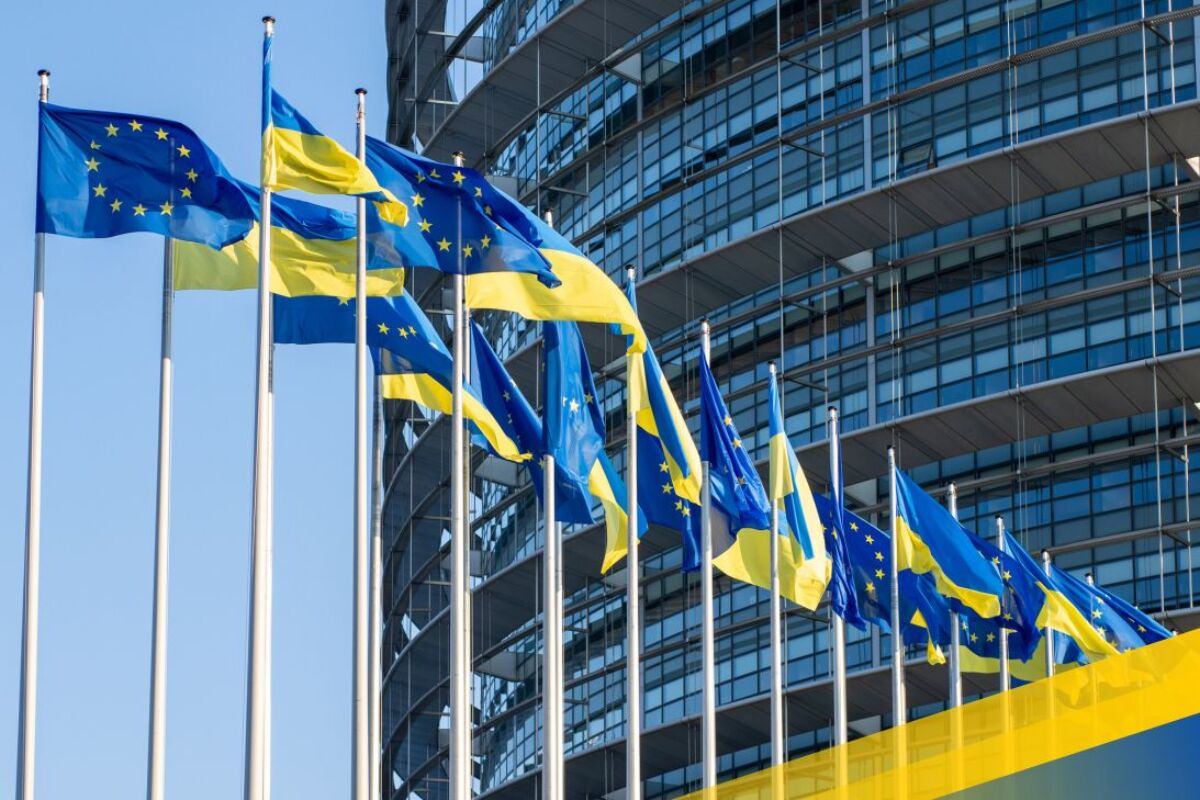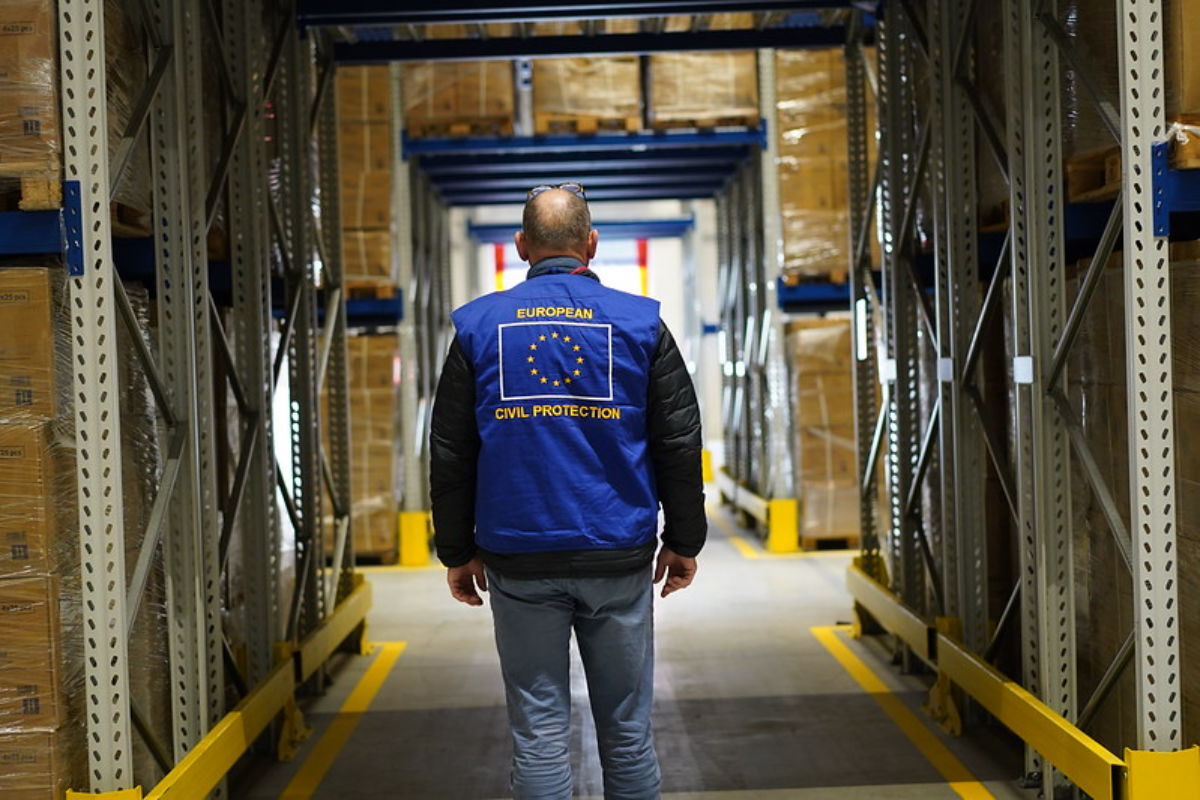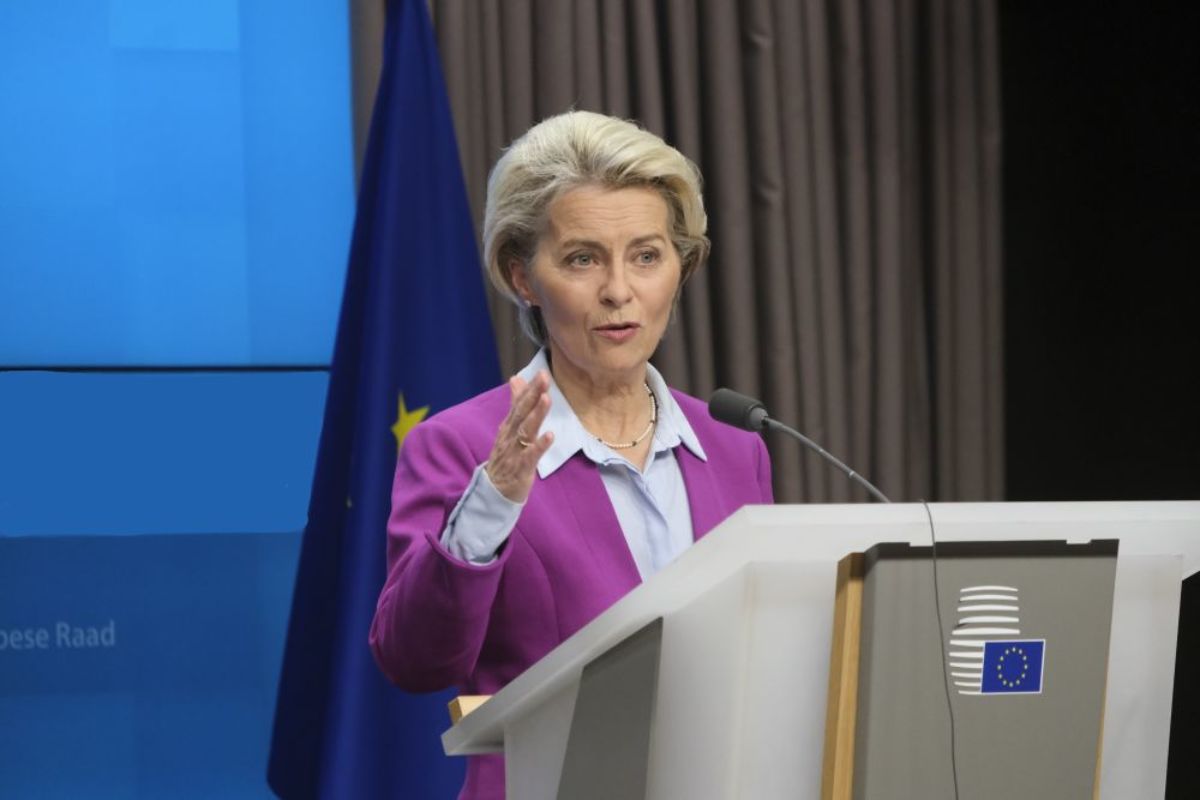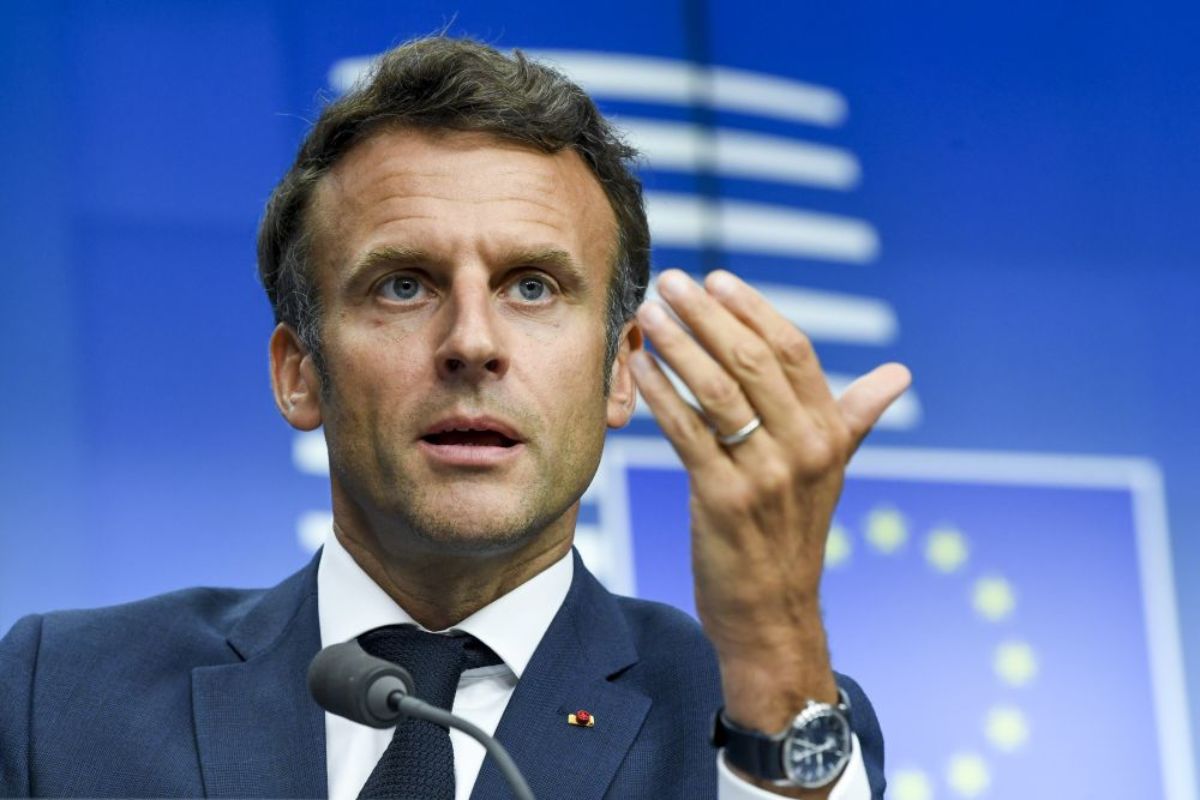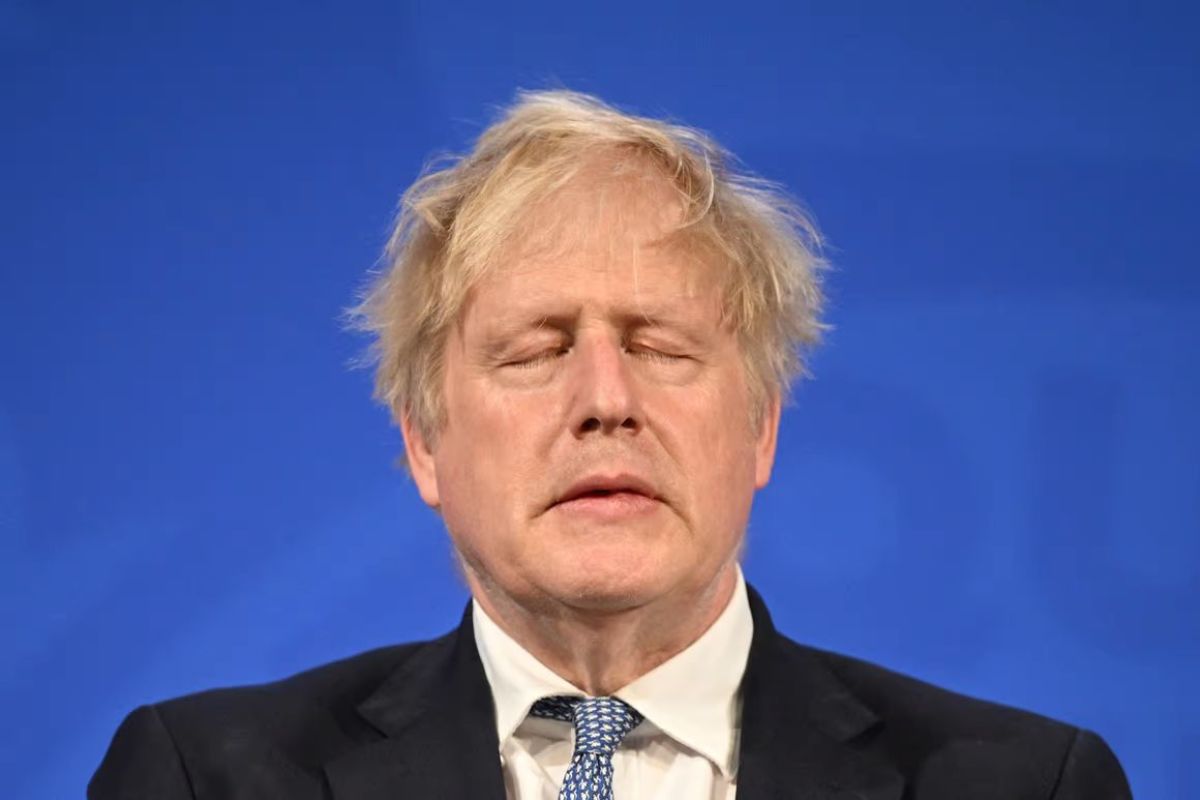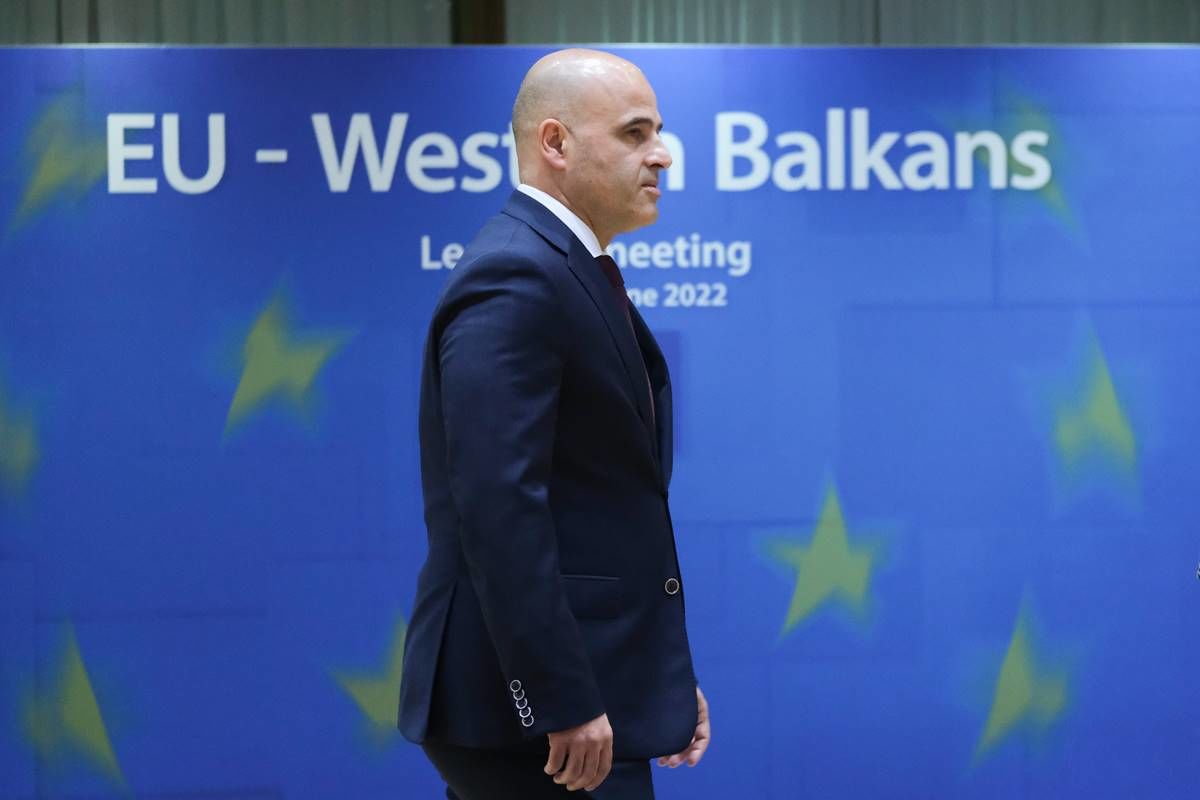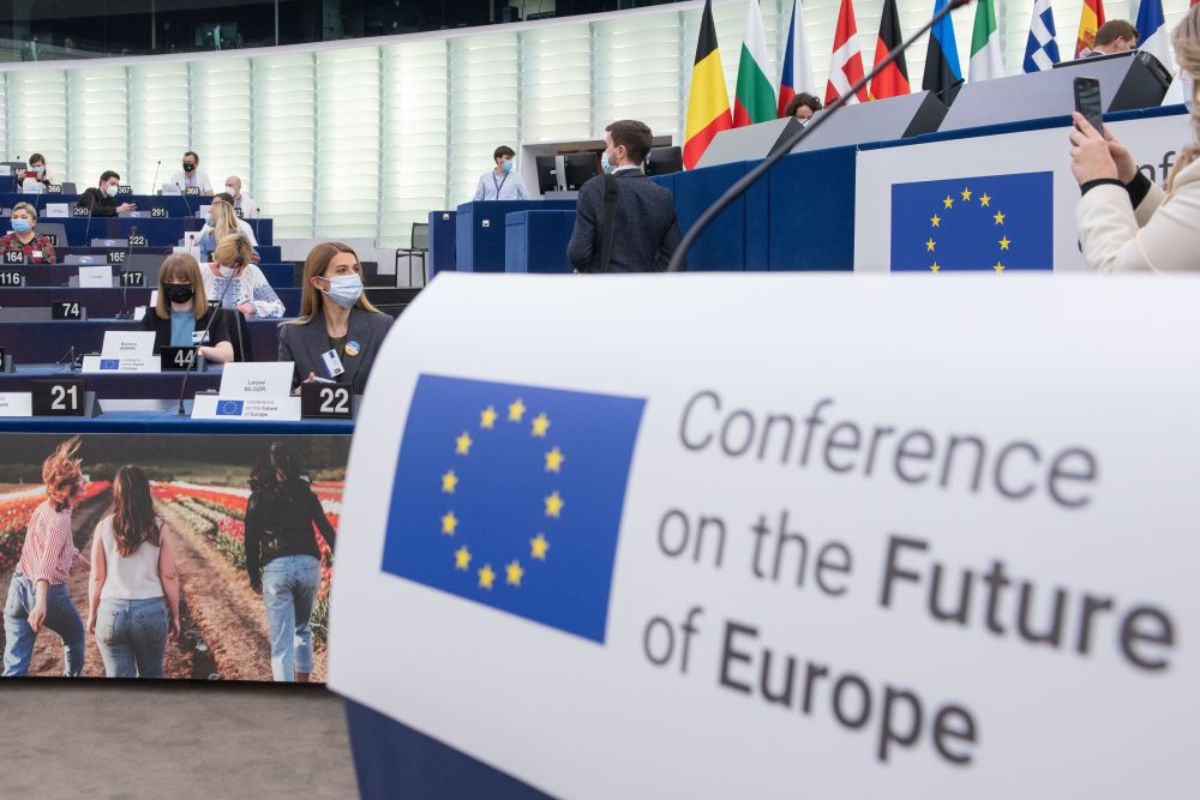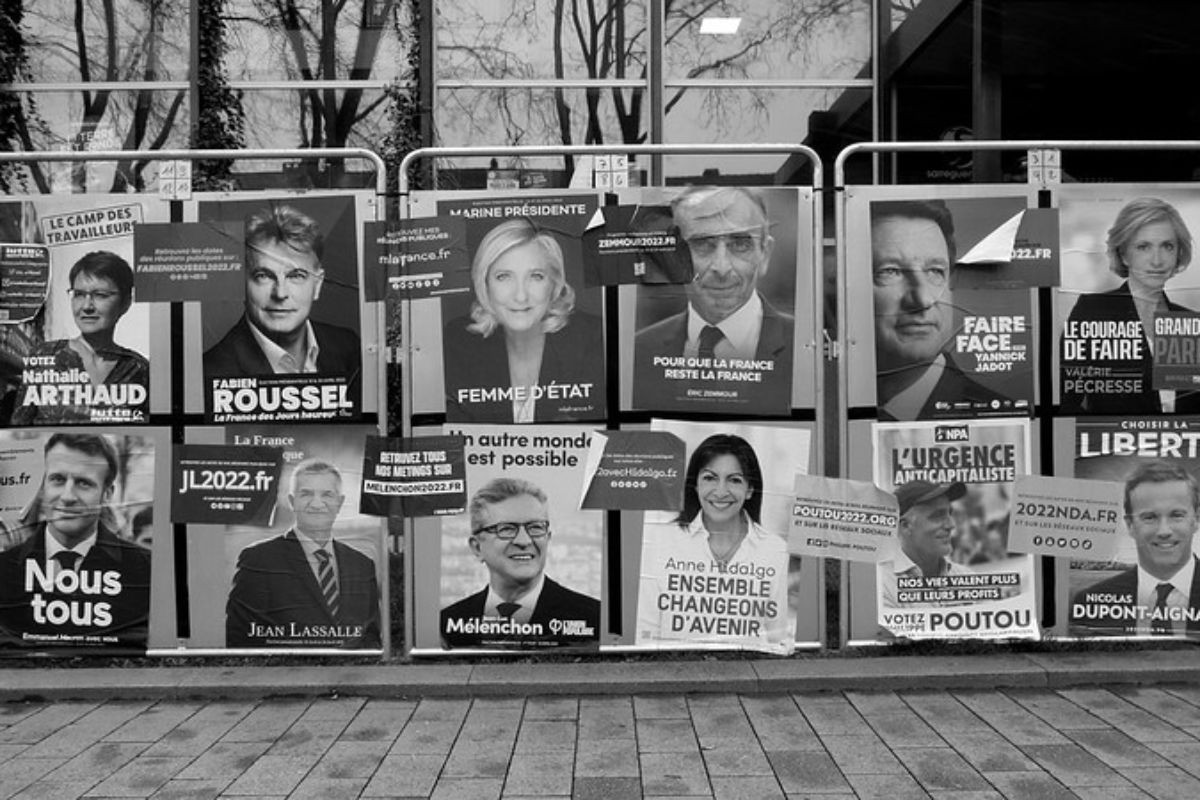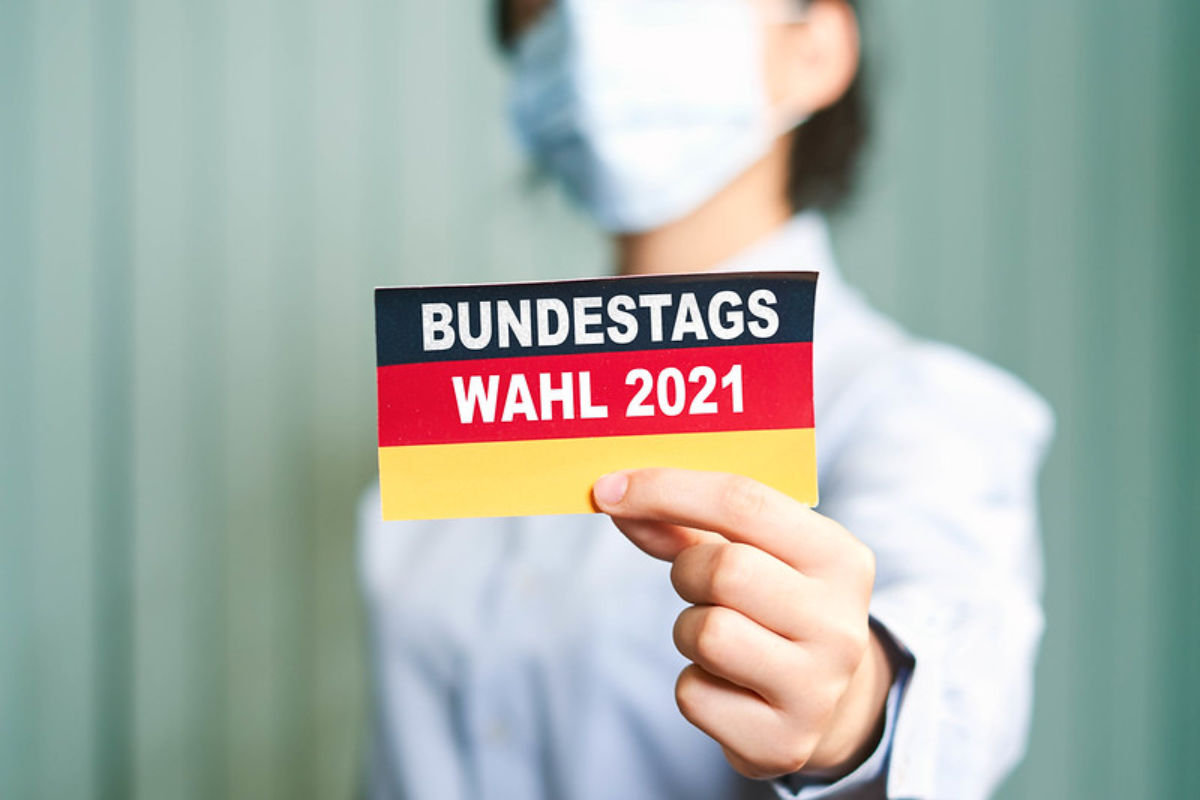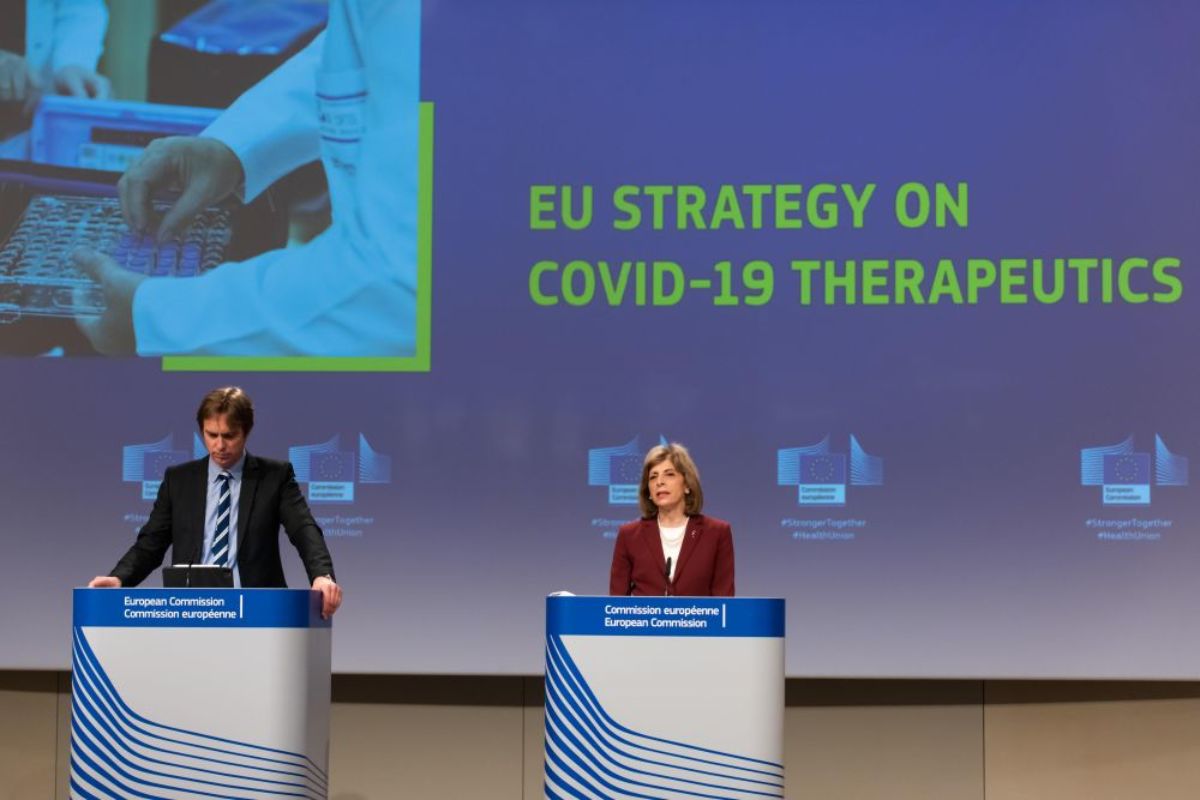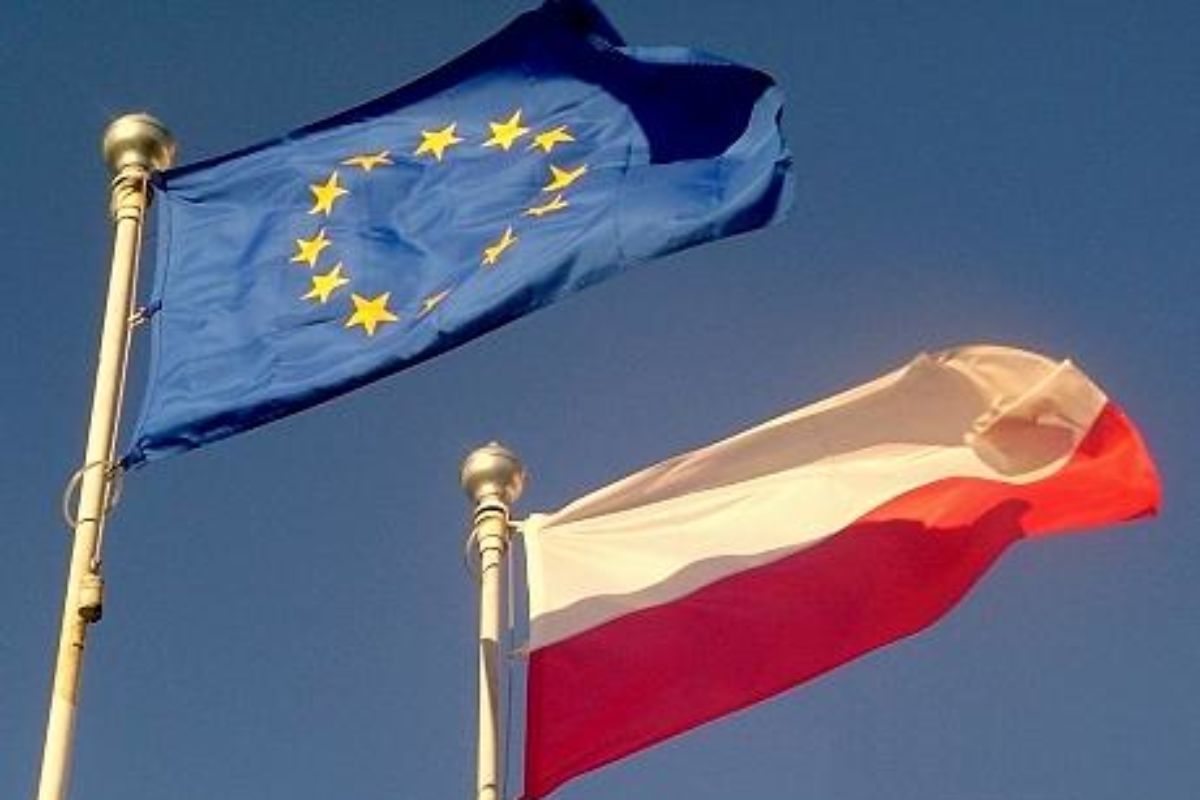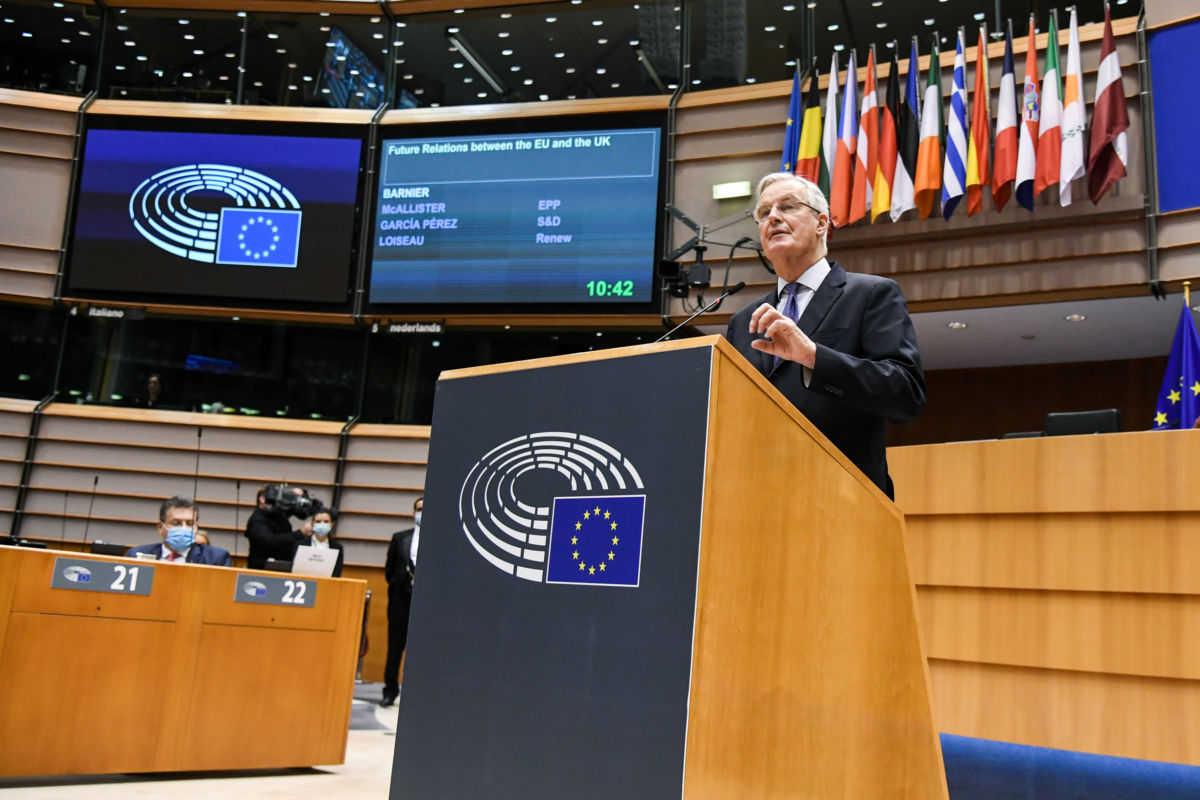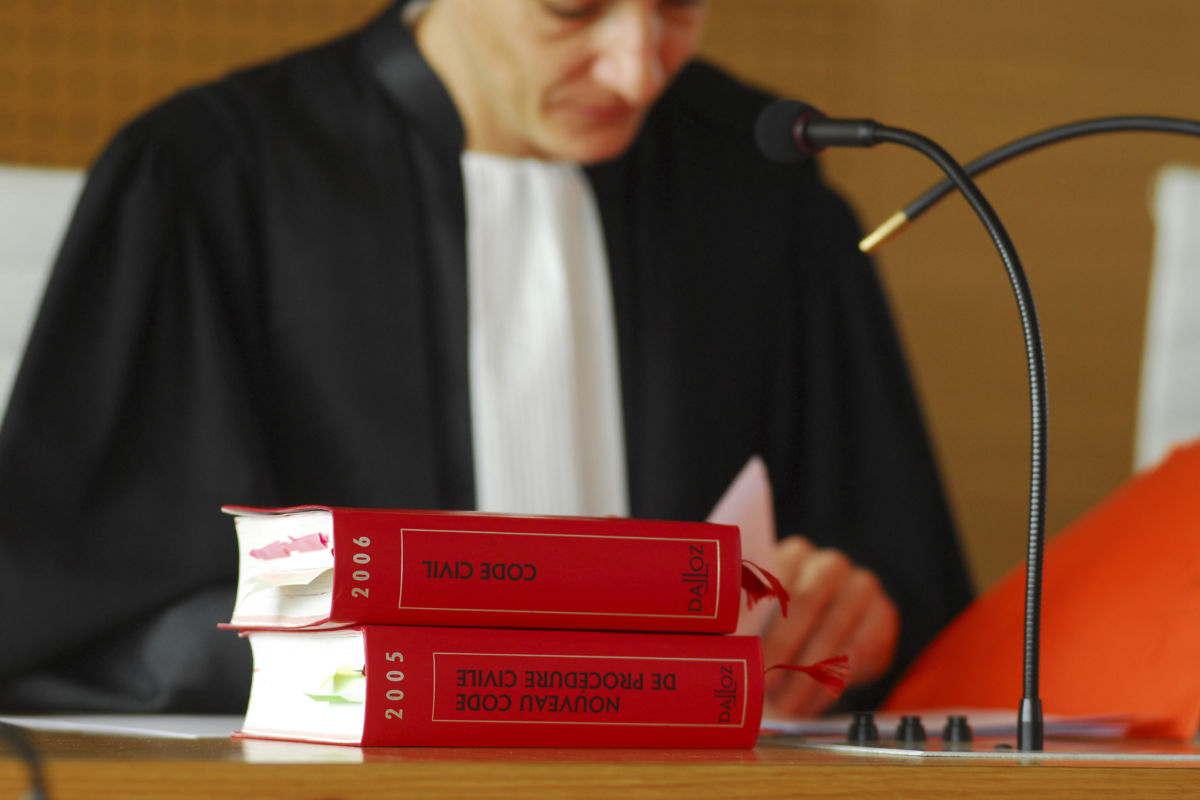As opposed to the accompanying Brexit Withdrawal Agreement, to call the Political Declaration on the ‘future relationship’ between the UK and EU a ‘deal’ is premature writes Michael Emerson. The text foresees an Association Agreement, much along the lines of that between the EU and Ukraine. But it is non-binding, and brims with warnings that the degree of market access will depend on the extent to which the UK accepts EU rules. Completing the process can now realistically take up to four more years, during which the business climate in the UK will be plagued by continuing uncertainty. Moreover, the EU holds all the bargaining cards, since in the absence of agreement, the default outcome is a ‘no deal’ that would be disastrous for the UK. The prospect of prolonged uncertainty should give MPs pause, and perhaps constitutes a reason for the country to reflect again.
British MPs now face their moment of truth. In a little over two weeks they will have to decide whether to accept or reject the Withdrawal Agreement to take effect on 29 March 2019, and the Political Declaration sketching the framework for a future relationship to begin after the end of the transition period on 31 December 2020, or later if an extension of one or two years were to be agreed.
Prime Minister Theresa May is engaged in a desperate push to get the House of Commons to endorse these texts, claiming that the government has negotiated ‘the best possible deal’ with the EU. If she fails to secure a majority in the ‘meaningful vote’ expected on 11 December, a number of drastic political scenarios would open up, including a change of leadership, a general election and even a second referendum, for which the campaign for a ‘People’s Vote” is garnering increasing support.
The assertion that the agreed texts amount to ‘the best possible deal’ for the UK can be tested in examining the content of the two documents.
Despite its nearly 600 pages, the Withdrawal Agreement does not of itself constitute a deal. It essentially sets the withdrawal date at 29 March 2019 and will combine with UK legislation to maintain the status quo until the end of the transition period, minus UK political representation at the EU institutions in the meantime, but plus a complicated ‘backstop’ arrangement to avert a hard border between Northern Ireland and the Republic.
An Association Agreement
The much shorter Political Declaration is, however, much more substantial in sketching the possible content of an ‘Association Agreement’, with this term used explicitly. Many of its characteristics resemble those of the EU’s most recent Association Agreement with Ukraine, which came into force in 2014-2016:
- Recital of common political values for democracy and human rights
- A deep and comprehensive free trade area, albeit with a limited opening of service sectors
- But no freedom of movement for people, beyond visa-free travel for short periods
- No overall contributions to the EU budget, just specific amounts for various agencies, etc.
- Extensive sectoral policy cooperation (but with what alignment on EU rules in the UK’s case?)
- Participation in numerous agencies and programmes of the EU
- Collaboration with EU foreign, security and defence policies and actions
- Cooperation over a range of crime and justice policies and instruments
- Dispute settlement through negotiation, arbitration, and referral to the European Court of Justice on matters of interpretation of EU law
- Structured institutional arrangements, including summits and ministerial councils.
Overall, compared to the scenarios much debated over the last two years, the above model is clearly much more substantial and European in content than the EU’s agreement with Canada, but involves much less close integration than that for Norway in the European Economic Area (all four freedoms, with comprehensive alignment on EU market law, and significant contributions to the EU budget).
Ending up somewhere between Canada and Norway might be considered a reasonable compromise deal for the UK. But that would be a hasty judgment.
A ‘half-blind date’
Crucial points of the future relationship remain unclear and it is far from a done deal, with the UK suffering a structurally disadvantageous bargaining position.
In many places the substance of the political declaration is prefaced by language such as ‘should’ or ‘could’, confirming that this is a non-binding text. But beyond such generalities, the EU has put down some more precise markers that presage difficult negotiations to come.
With a view to agreeing free trade, the EU side insists on “level playing field” provisions that “should cover state aid, competition, social and employment standards, environmental standards and relevant tax matters… The Parties should consider the precise nature of commitments in relevant areas, having regard to the scope and depth of the future relationship. These commitments should combine appropriate and relevant Union and international standards…” (para. 79).
The depth or even possibility of a free trade deal will surely require many of the kind of legally binding alignments on EU law that are seen in the Ukraine Association Agreement with its catalogue of some 300 directives and a further 300 agri-food safety regulations.
Several policy domains should be subject to provisions going ‘beyond’ WTO rules: technical standards for industrial and agri-food products (para. 24), services (para. 29), intellectual property rights (para 44). That sound fine, but what could ‘beyond’ mean? For the EU the answer is clear: EU rules go beyond WTO rules.
More precisely for services, sectors of vital importance to the British economy, “the Parties should agree disciplines on domestic regulation. These should include horizontal provisions such as on licensing procedures and specific regulatory provisions in sectors of mutual interest such as telecommunications, financial services, delivery services, and international maritime transport services” (para. 34). In these same sectors the Ukraine Association Agreement is explicit with long lists of EU laws that have to be complied with. But the Political Declaration omits to go into this, no doubt because even to look at these details would blow up the UK’s negotiating position with violent internal disagreements in the Cabinet.
With a view to law enforcement and judicial cooperation, the EU has also placed clear markers. The scale and scope of future arrangements “should reflect the commitments the United Kingdom is willing to make that respect the integrity of the Union’s legal order, such as with regard to alignment of rules and mechanisms for disputes and enforcement including the role of the Court of Justice of the European Union in the interpretation of Union law” (para. 83).
It is precisely these commitments that the UK government has been unable to specify because of the huge and enduring split between soft, hard, and no Brexit advocates. With so little clarity, this is a ‘half-blind date’.
The risk of a real ‘no deal’
Overall the Political Declaration on the Future Relationship is not a deal at all, since it evades the crucial question how far the UK would be willing to be a rule-taker. And it is this that the UK government cannot agree among themselves.
It is clear from the text that the UK seeks cooperation in many sectors, but this will inevitably entail widespread rule-taking. In all the cases of a large number of EU policies, agencies and programmes (for example the European Defence Agency, Europol, European Aviation Safety Agency, etc.), with which the UK may cooperate, it would be an associate, with limited participation and no say in policy making. The Political Declaration therefore presages arduous negotiation over the extent of rule-taking that UK is willing to accept, and/or of the extent of limitation of market access that the EU will insist on where the UK refuses to be rule-taker. As Mr Barnier has realistically suggested that the process could take until 2022, this translates into four further years of damaging uncertainty for British business.
Chapter by chapter determinations over which EU directives and regulations the UK would be willing to accept as conditions for achieving some as yet unspecified degree of market access[1] will typically be negotiated with little transparency, meaning that the business community will continue to live in a climate of continuing strategic uncertainty, which at least will keep investment in the UK on hold. It is here that the structural asymmetry of bargaining positions comes into play. If agreement cannot be reached, the default outcome is a real ‘no deal’ at the end of the transition period, be it after two or up to four years. While this ‘no deal’ would be unfortunate for the EU, it would be disastrous for the UK and its spectre will haunt UK negotiators and business leaders throughout the process.
Prime Minister May’s argument that she has secured the ‘best possible deal’ is therefore a fanciful illusion. The agreed documents do not amount to a ‘deal’, and they leave open the hazard of a real ‘no deal’ if the coming years of negotiation fail to reach the elusive goal of a comprehensive agreement. No wonder then that public debate in the UK has been increasingly focusing on the possibility of a three-option consultation of the people in a second referendum: i/ the withdrawal package as it now stands, ii/ a radical ‘no deal’ outcome, and iii/ rescinding the Article 50 letter, with continued full EU membership.
Michael Emerson is Associate Senior Research Fellow in the Europe in the World research unit at CEPS.
CEPS Commentaries offer concise, policy-oriented insights into topical issues in European affairs. As an institution, CEPS takes no official position on questions of EU policy. The views expressed are attributable only to the author and not to any institution with which he is associated.
© CEPS 2018
[1] For a reference illustrating a comprehensive list of EU laws, see the annexes to the Ukraine Association Agreement which specifies around 300 directives.


